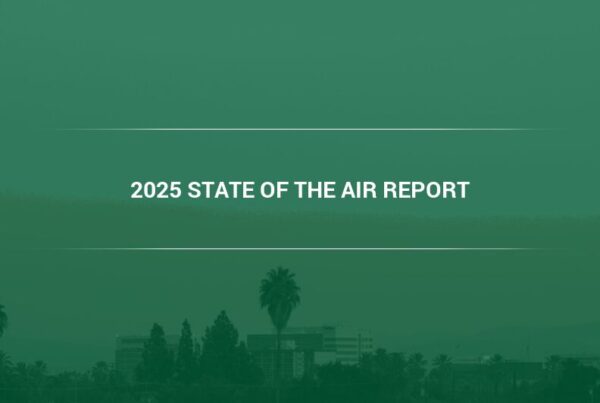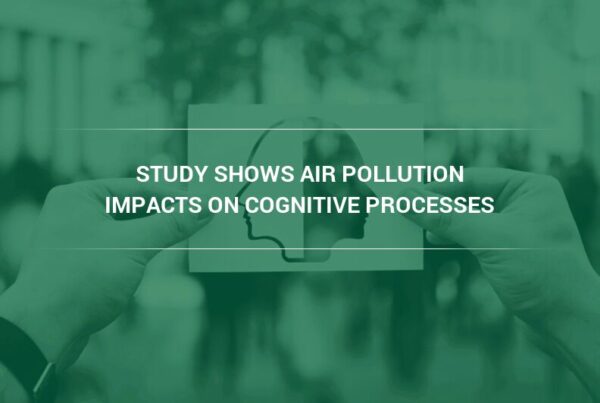Toxic Air Regulation News – In November 2017, regulators in the San Francisco Bay Area approved a pioneering rule designed to reduce the risk of cancer from exposure to airborne pollutants produced by oil refineries, power plants and sewage processing facilities among others in the region. The rule is one of the most sweeping toxic air regulations in the United States and is all but guaranteed to help reduce the dependence on air filters to protect air quality inside buildings and facilities.
According to managers at the Bay Area Air Quality Management District, the rule will require an estimated 400 plants spread throughout nine counties to reduce their emissions of toxic air pollutants. More specifically, the rule will sanction facilities if their emissions increase the cancer risk of people in the immediate vicinity by 10 in a million or more.
Answer to Growing Body of Literature on Need for Air Filtration Systems
The rule stems from decades of research on the dangers of toxic air emissions from industrial plants, which have been proven to carry hazardous particulate matter, volatile organic compounds (VOCs), and gaseous pollutants among others. Not surprisingly, there has been increasing awareness of the need for air filtration systems in indoor spaces and buildings near such facilities.
“Long-term exposure to ultrafine particles can induce respiratory and cardiovascular diseases. It increases the mortality rates for people living in highly polluted urban areas,” points out Charlie Seyffer, Manager of Marketing & Technical Materials for commercial air filters and 37-year ASHRAE member and active committee participant at Camfil USA. “Smaller particles that are below 2.5-micron in size, known as PM2.5, are more harmful because they penetrate deeper into the lung alveoli. They cross blood vessel walls, diffuse into the blood circulation to reach and affect organs function of the heart, liver, brain, and endocrine system.”
A Win for Outdoor and Indoor Air Quality in the Bay Area
The rule, which drew unanimous support from local officials, is by far the strictest of its kind in the country, cracking down on hazardous contaminants such as black carbon or soot, mercury fumes, benzene, and hydrocarbons. It also represents a massive win in the ongoing fight to control outdoor and indoor air quality in the Bay Area.
According to Jack Broadbent, executive officer of the air quality management district, the rule is a step in the right direction for public health, paving the way for effective controls on toxic air pollutants generated by industrial facilities. More importantly, it’s a clear action designed to provide safe and breathable air to vulnerable communities.
Business groups, however, argued that the rule is a case of overkill.
It’s worth mentioning that the Bay Area’s new risk standard is far stricter than the cancer risk standard of 25 in a million currently in effect in South Coast—Southern California’s largest pollution district. In addition, the Bay Area rule also covers other types of pollution-generating businesses, such as recycling facilities, hospitals, data centers, and landfills among others.
High Efficiency Air Filtration Systems Needed Despite Progress in Air Pollution Battle
Although the Bay Area has largely succeeded in bringing down the levels of toxic air contaminants over the past few decades, buildings and facilities near industrial areas continue to require the protection of high efficiency air filtration systems due to their proximity and disproportionate exposure to air pollution.
The Bay Area’s trend of reducing air pollution levels is consistent with the progress made by other regions in California, such as Los Angeles. In contrast, L.A. continues to wrestle with a far more serious air pollution problem, hence why Mayor Eric Garcetti continues to recommend the installation of air filtration systems in indoor spaces and buildings in parts of the city with the worst air pollution.
Limits of Home Air Purifiers
While home air purifiers are an effective way to keep indoor spaces free from airborne contaminants produced by industrial facilities, these and other technology-based solutions are ultimately a stopgap measure—they don’t do anything to address the actual source of pollution.
This is precisely why actions such as those taken by the Bay Area Air Quality Management District are so important. At the end of the day, concerted government action is the most critical component of any campaign to reduce air pollution levels. One need only to look at the results of interventions such as the Clean Air Act and the Montreal Protocol, which played a vital role in successfully healing the ozone layer, to see the importance of government action.
Choosing the Right Air Purification Systems
Still, any protection is better than no protection at all. Air purification systems provide the necessary defense against airborne pollutants from outside sources like vehicle exhaust and industrial runoff, as well as indoor sources like cooking, heating, and lighting. When considering an air purification system be sure to consider one that removes both particulates and gas (molecular level) pollution.
At Camfil USA, we know that buildings across the country struggle with maintaining safe indoor air quality levels. Our air filtration systems are specifically designed to protect indoor spaces from pollutants associated with car exhaust, industrial runoff, and smoke. Get in touch with your nearest Camfil USA location or explore our catalog of clean air solutions and air filters to learn more about our product line.
Lynne Laake
Camfil USA Air Filters
T: 888.599.6620
E: Lynne.Laake@camfil.com
F: Friend Camfil USA on Facebook



